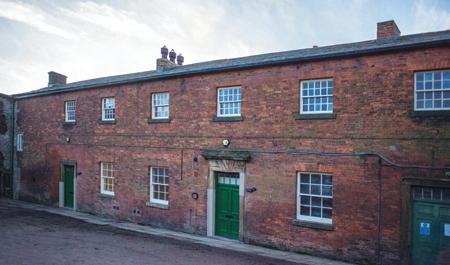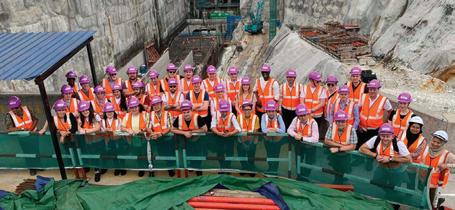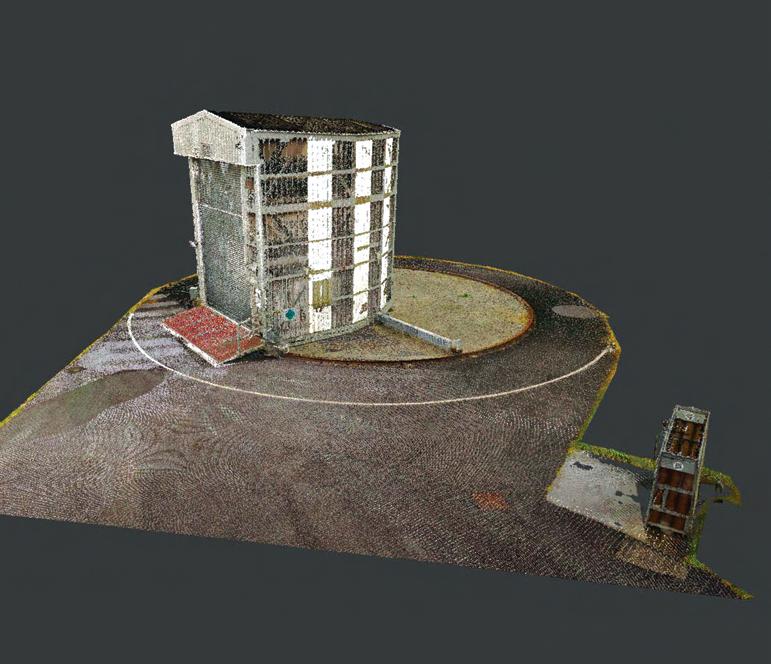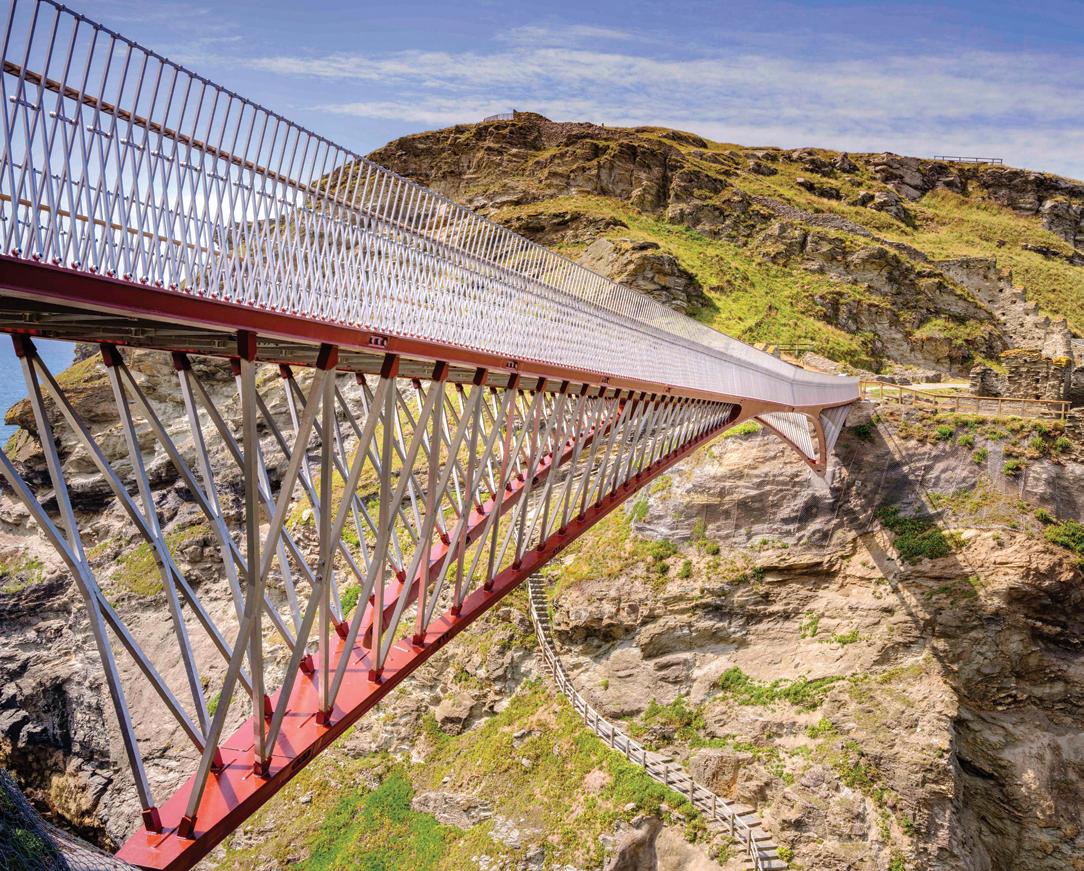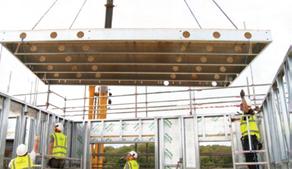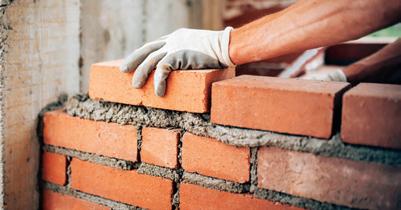steel
constructionmanagermagazine.com
Steel
Steel builds a new offsite platform An Innovate UK-backed project involving the British Constructional Steelwork Association and the Steel Construction Institute aims to encourage more standardised steel components. CM reports
Steel sees itself as the original offsite construction material, with up to 90% of structural steelwork already manufactured in the factory. Now, the steel sector is aiming to extend the use of factory processes through an Innovate UK-backed research project run by the British Constructional Steelwork Association (BCSA) and the Steel Construction Institute (SCI). The initiative follows enthusiastic government backing for offsite construction, including a consultation on a new standardised approach to building announced last year: a platform approach to design for manufacture and assembly (P-DfMA).
“This Innovate UK project sets out technical solutions for multi-storey structures which meet the objectives of P-DfMA and deliver benefits to the client” David Brown, SCI
By taking a consistent approach and using standardised and interoperable components across a range of different buildings, the government hopes to encourage the creation of a new market for manufacturing in construction and to take advantage of economies and efficiencies of scale. The Treasury believes this approach can boost productivity while reducing waste by up to 90%. “Structural steelwork is already a relatively fast form of construction, however, further benefits can be obtained by moving even more of the process offsite,” says SCI associate director David Brown. “This Innovate UK project sets out technical solutions for multi-
storey structures which meet the objectives of P-DfMA and deliver benefits to the client. “These are standardised technical solutions, meaning that repeatable components are manufactured offsite. Some have already been successfully used in landmark projects. For example, steel composite cores can shorten a construction programme from 18 months to 10 months and reduce costs by 2%.” Two multi-storey building types were considered during the study: offices, based on British Council for Offices structural grid recommendations, where common structural forms involve a concrete core with composite
32 | construction manager april 2020
32_33.CMApr20.steelopener_sc.indd 32
17/03/2020 14:47


